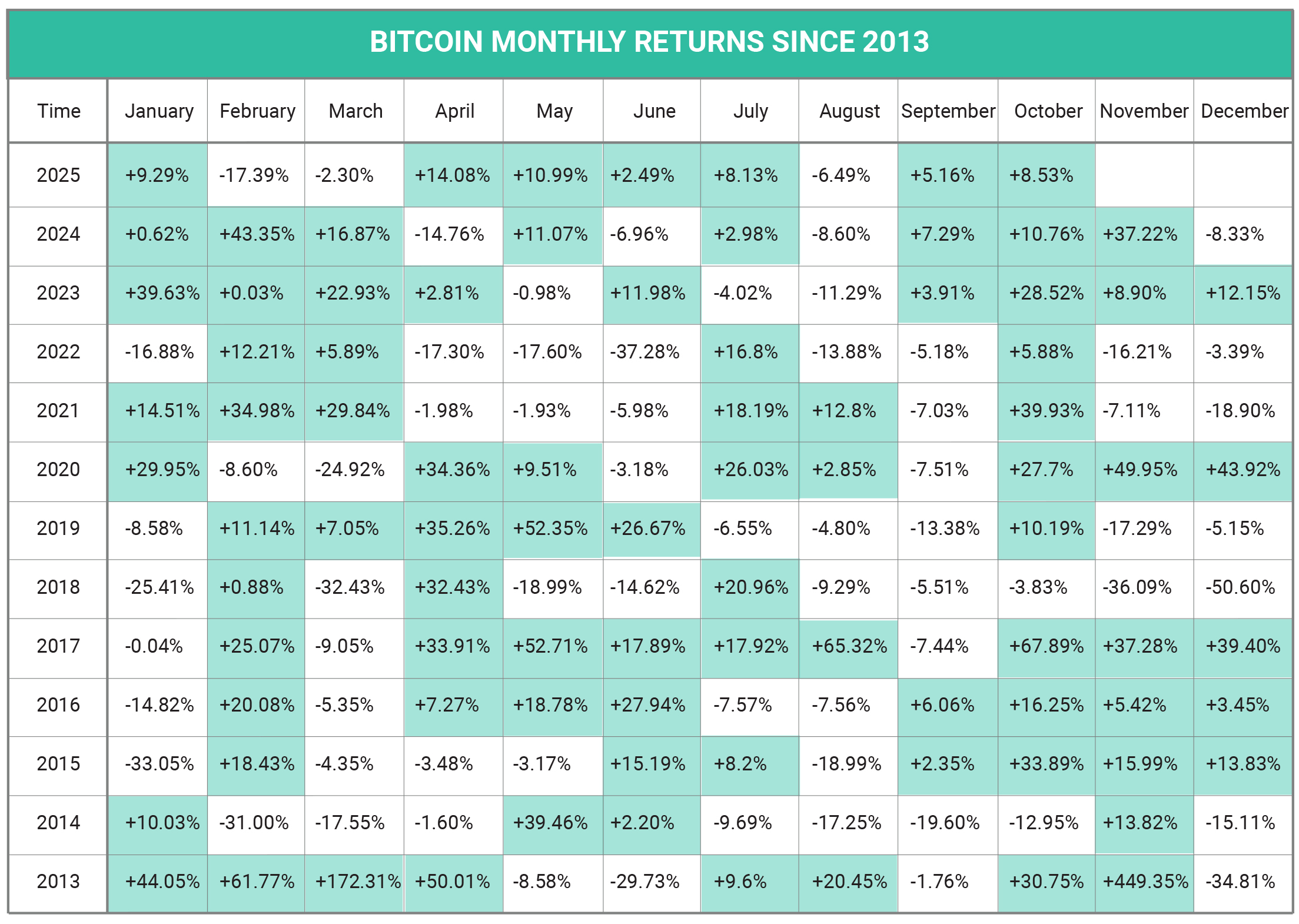In September 2025, bullion markets experienced a remarkable surge as both gold and silver prices climbed to record highs in India, driven by a combination of festive demand, currency depreciation, and strong global cues. Gold prices rose sharply by more than ₹1,400 during the month, with 24-carat gold reaching around ₹1,18,310 per 10 grams in Mumbai by the end of September. Silver followed a similar trajectory, touching an unprecedented ₹1,51,000 per kilogram in major Indian cities. The rally reflected a perfect storm of domestic seasonal buying, global safe-haven demand, and macroeconomic shifts that strengthened investor interest in precious metals. A key factor behind this surge was the onset of the festive season. With Diwali approaching in October, Indian households, traders, and jewellers engaged in substantial buying to meet both cultural and commercial needs. This seasonal demand created strong momentum in the domestic bullion market, amplifying price increases that were already supported by international trends. Jewellers across India replenished their inventories, anticipating a surge in retail sales, which further tightened supply and elevated prices. Global uncertainties also played a decisive role in shaping bullion movements. The persistence of geopolitical tensions—particularly the US-India trade disputes, escalating Middle East conflicts, and uncertainties surrounding the Russia-Ukraine situation—led investors to seek safety in tangible assets like gold and silver. Precious metals traditionally serve as a refuge during periods of economic or political instability, and in 2025, this sentiment was especially pronounced. As global markets exhibited volatility and equity indices fluctuated, institutional and retail investors alike turned toward bullion as a hedge against risk. Adding to the domestic price momentum was the depreciation of the Indian rupee, which traded close to its all-time low of ₹88.80 per US dollar during September. Since India imports nearly all its gold and silver, the weaker rupee made imports more expensive, directly translating into higher local bullion prices. Despite elevated prices, imports nearly doubled during the month as banks and jewellers aggressively stocked up in anticipation of festive season sales. This proactive import activity supported short-term price firmness, as domestic inventories adjusted to meet the growing consumer appetite. Global monetary expectations further bolstered bullion markets. Investors increasingly anticipated rate cuts by major central banks, especially the US Federal Reserve, in response to slowing global growth and inflation concerns. Lower interest rates generally make non-yielding assets like gold more attractive, as the opportunity cost of holding them declines. Additionally, exchange-traded funds (ETFs) and central bank purchases became major demand drivers. Gold-backed ETFs witnessed robust inflows from both institutional and retail investors, providing sustained upward momentum. Analysts estimated that ETF demand in 2025 was roughly 50% stronger than in previous years, underscoring the scale of financial investment interest in gold as a defensive asset. At the same time, central banks—particularly from emerging economies such as India, China, and Turkey—continued an unprecedented gold-buying spree, diversifying their reserves away from the US dollar. This institutional accumulation was largely insensitive to short-term price fluctuations, creating a strong foundation that underpinned the global rally. The combined effect of strategic central bank purchases and ETF inflows pushed international gold prices toward $3,800–$4,000 per ounce, marking one of the strongest sustained rallies in recent years. Overall, the surge in bullion prices in September 2025 reflected the convergence of powerful global and domestic forces. Festive season demand, rupee depreciation, safe-haven buying, and structural central bank accumulation together propelled gold and silver to historic highs.


